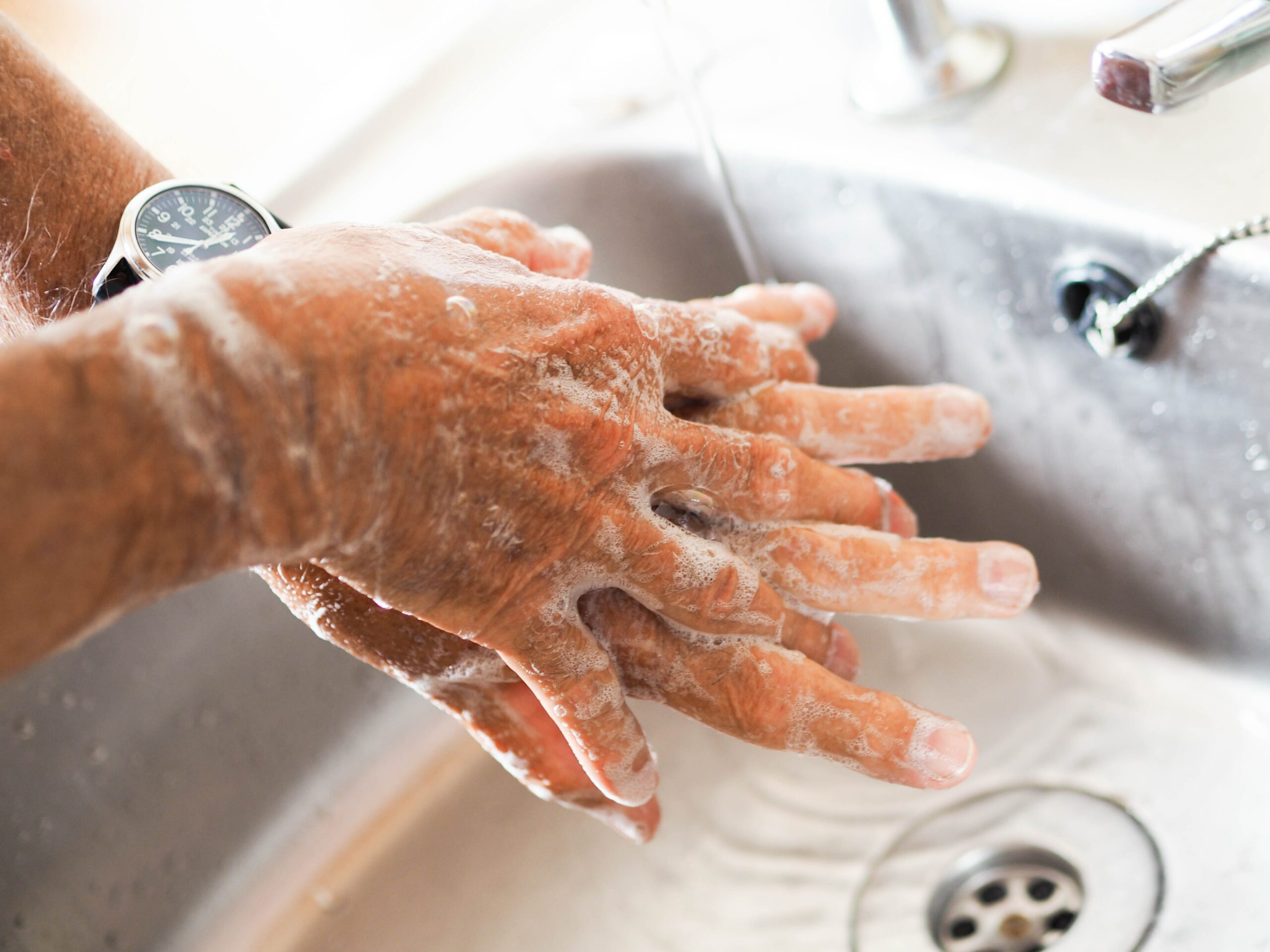7 Min Read
The Importance of Proper Handwashing for Seniors

Every day we encounter thousands of germs. Without proper hygiene, the risk of illness from bacteria and viruses increases. As you age, your immune system slows and doesn’t react as well to illnesses. For seniors, this can mean a serious impact on health, especially for those with chronic health conditions. Proper hand hygiene is critical to stopping the spread of harmful germs.
According to the Centers for Disease Control and Prevention (CDC), community handwashing education reduces respiratory illnesses like the common cold, pneumonia, and the flu, by 16 to 20%. The CDC estimates that between 70 and 85% of seasonal flu-related deaths occur in people 65 and older. That’s why knowing when to wash your hands—and how to properly do it—can help ward off germs and protect you from illness.
We encounter germs in obvious places: after going to the bathroom, touching unwashed foods, and interacting with other people. But bacteria is everywhere—on doorknobs, shopping carts, light switches, and even money. To keep seniors safe, both seniors and caregivers should know when to wash their hands.
- Before, during, and after preparing food
- Before eating food
- Before and after for caring for someone who is sick
- Before and after treating a cut or wound
- After using the bathroom
- After changing adult incontinence products or cleaning up an elder who has used the bathroom
- After blowing your nose, coughing, or sneezing
- After touching an animal or their waste
- After handling pet food or treats
- After touching garbage
How you wash your hands is just as important as when you wash your hands. The CDC recommends that everyone follow these five steps when washing up:
- Wet your hands with clean, running water. Turn off the tap and apply soap.
- Lather your hands by rubbing them together. Don’t forget to lather the backs of your hands, between your fingers, and underneath your nails.
- Scrub your hands for at least 20 seconds.
- Rinse your hands well under clean, running water.
- Dry your hands using a clean towel.
While washing your hands with soap and water is the best way to get rid of germs, they’re not always available. In that case, use an alcohol-based hand sanitizer that contains at least 60% alcohol. You can see the alcohol content on the sanitizer’s label. It’s important to note that sanitizers do not get rid of all types of germs, and they are not as effective when hands are visibly dirty or greasy. However, they’re a good substitute if you’ve just encountered a high-touch surface like a gas pump or common-space doorknob.
To properly use hand sanitizer, per the CDC:
- Apply the product to the palm of one hand (read the label to learn the correct amount).
- Rub your hands together.
- Rub the sanitizer over all the surfaces of your hands—the backs of your hands, in between your fingers, and underneath your nails.
- Rub your hands together until they’re dry. This should take about 20 seconds.
Protect yourself and those with weakened immune systems from harmful bacteria and viruses. Make frequent handwashing part of your daily routine.

0 Comments